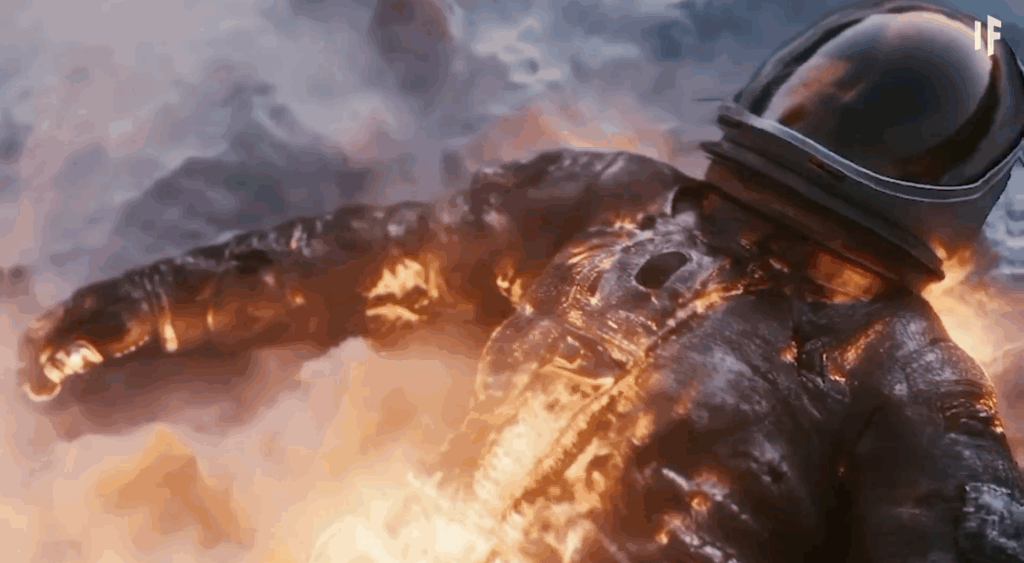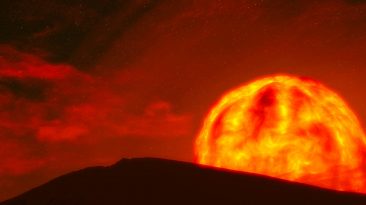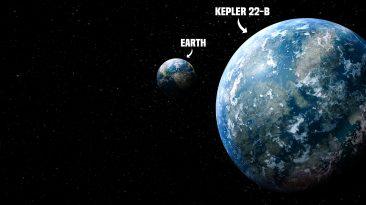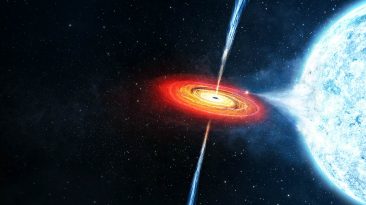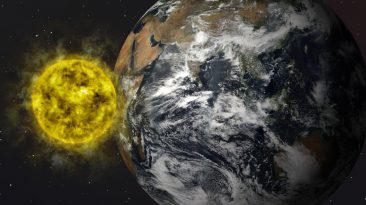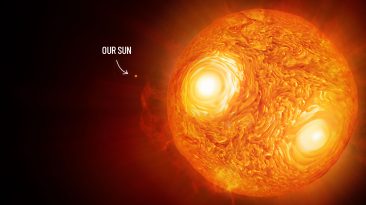Imagine landing on a planet where the surface looks frozen but burns hotter than your oven. Welcome to Gliese 436b, one of the strangest known planets in the universe.
Nicknamed the Burning Ball of Ice, this bizarre exoplanet challenges logic with surface temperatures above 500 degrees Celsius and a layer that appears to be made of ice. Its icy appearance is due to extreme pressure locking water molecules in solid form, even while the planet blazes with heat. Scientists believe its unusual makeup defies normal physics and could hold clues about how exotic worlds form and survive.
1. You would need to travel over 30 light years to reach it
To visit Gliese 436b, you would have to travel approximately 30 light years to the constellation Leo. This planet orbits a red dwarf star called Gliese 436 and sits much closer to its star than Earth is to the Sun. At just 4 million kilometers away, Gliese 436b is constantly exposed to intense heat and radiation.
Its tight orbit means a year on the planet lasts only about two and a half Earth days. Any spacecraft approaching would need heavy shielding to survive the relentless bombardment of solar energy from its parent star.
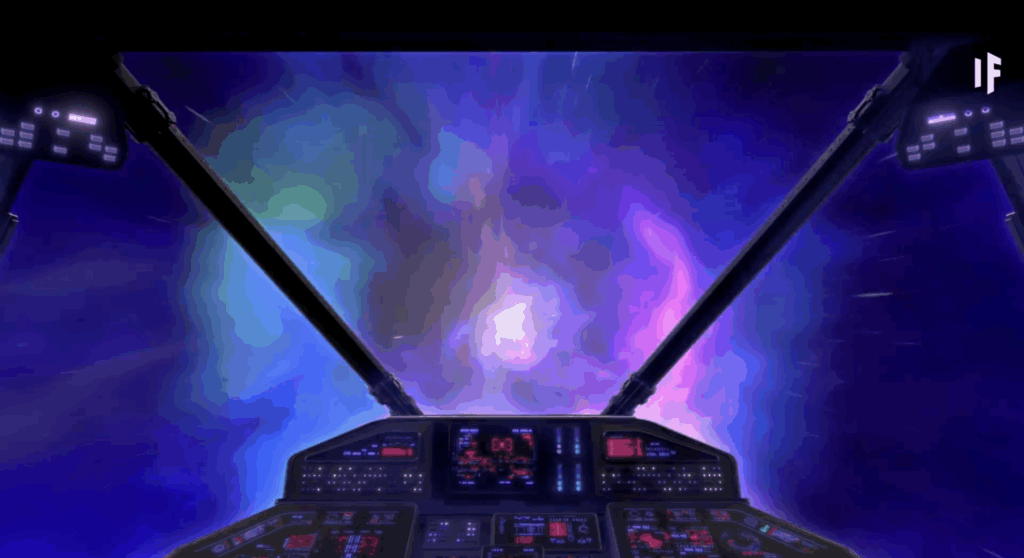
2. You would see a comet like tail trailing behind the planet
Unlike most planets, Gliese 436b has a long tail. Because it orbits so close to its star, the heat causes its atmosphere to expand and escape into space. This forms a massive tail made mostly of hydrogen gas, similar to a comet.
The tail stretches for millions of kilometers, trailing behind the planet as it races around its star. Navigating through this blazing stream of gas would be extremely dangerous, as the intense radiation and friction could tear a spacecraft apart.
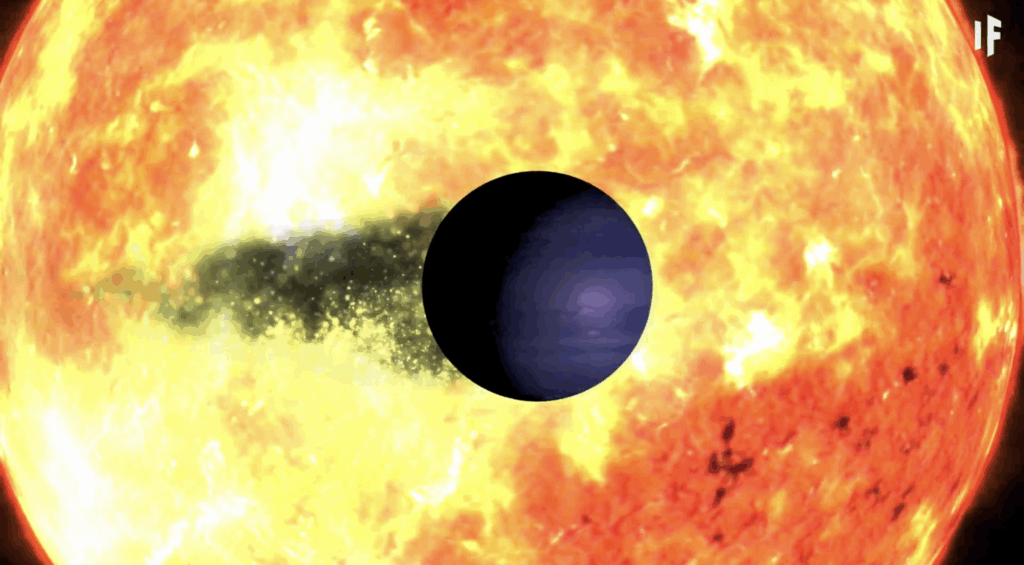
3. The atmosphere would consist only of hydrogen and helium
As you approach, your onboard sensors would detect an unusual atmosphere made almost entirely of hydrogen and helium.
This alone is not strange, but what really stands out is the lack of methane. Most planets with similar compositions have plenty of it, yet Gliese 436b barely shows any. Since its discovery in 2004, this has baffled scientists and challenged our understanding of planetary chemistry. Its atmosphere seems to defy the rules, behaving in ways that do not match its heat, orbit, or structure.
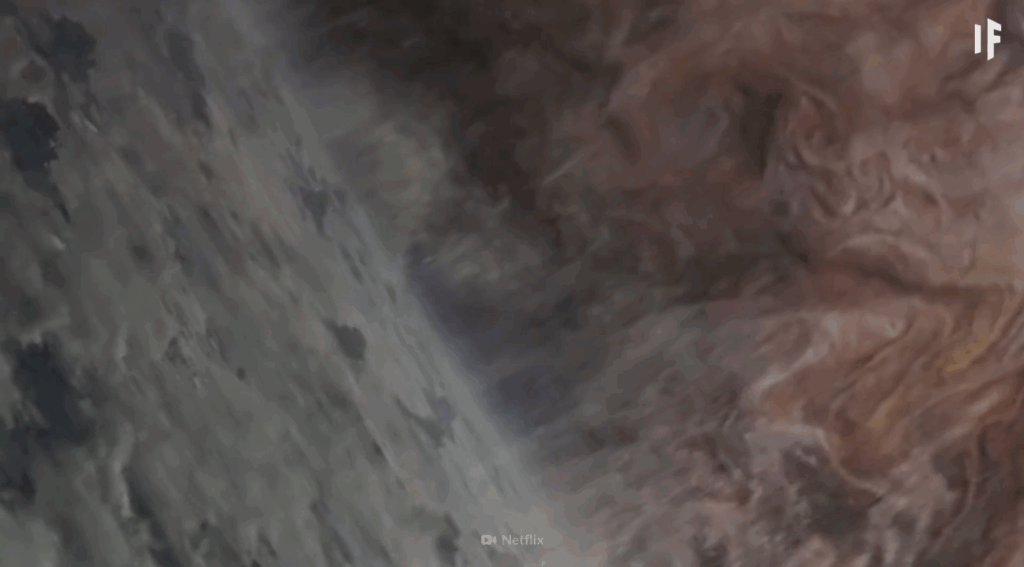
4. You would find ice that burns rather than melts
Once you pass through the atmosphere, the surface would look white and crystal-like, resembling frozen ice on Earth. But this is no ordinary ice.
Despite temperatures soaring above 500 degrees Celsius, the ice stays solid. This strange phenomenon is known as hot ice, created by extreme atmospheric pressure. That pressure forces water molecules into a solid structure, even under intense heat. It is a state of matter that seems to break the rules we are used to on Earth.
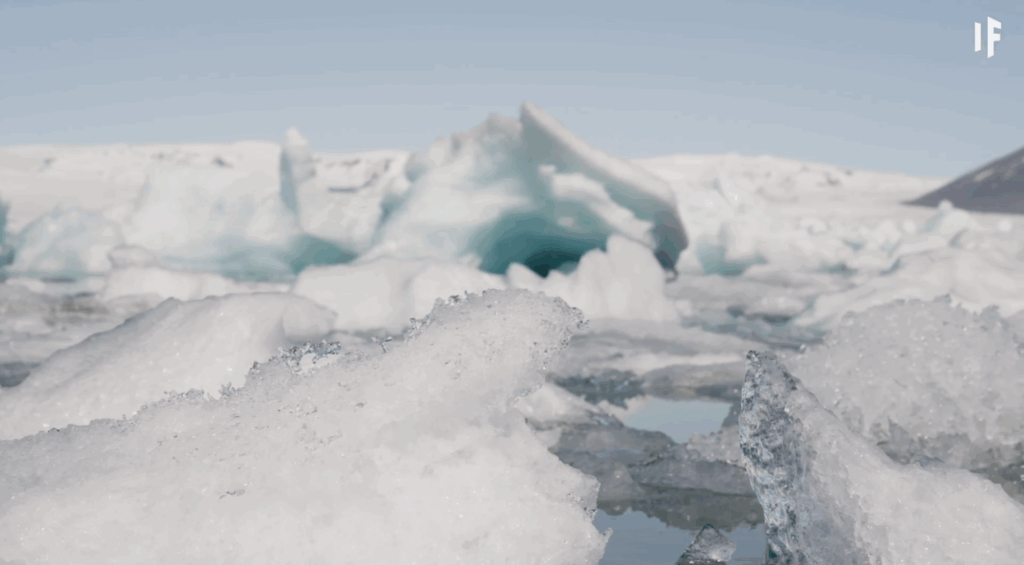
5. The gravity would crush you instantly
The same pressure that keeps this hot ice stable would destroy any living thing in seconds. Gliese 436b has a mass similar to Neptune, which means its gravity is extremely strong.
The moment you stepped onto the surface, your body would collapse under the force. Even the most advanced protective gear would be useless, as the crushing pressure would overwhelm every layer of defense. No living creature from Earth could survive even a few moments in such extreme conditions.
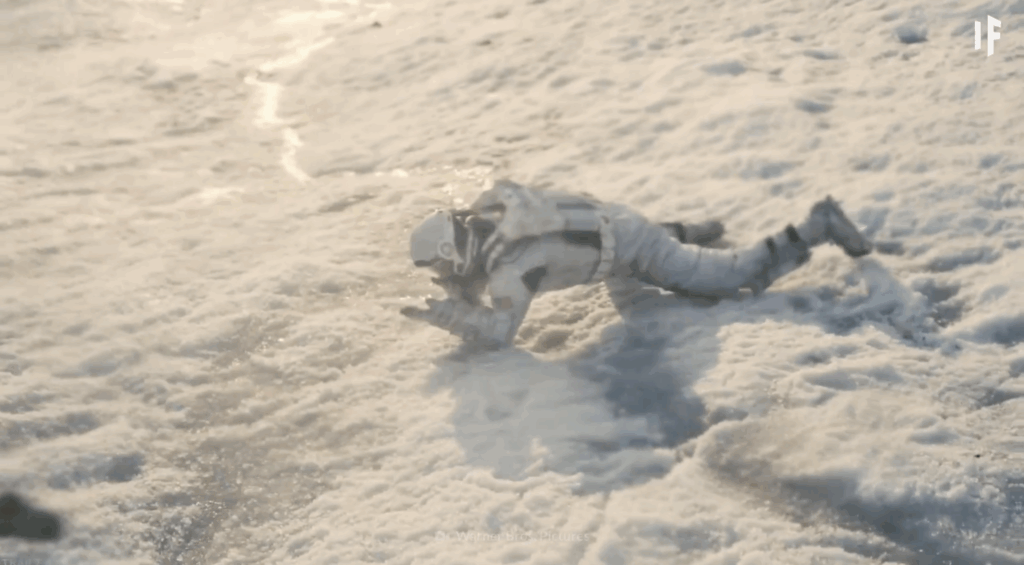
6. Your spacecraft would not survive a landing
Even if you made it to the surface, your ship would not last long.
The extreme heat, crushing gravity, and intense radiation would tear through its systems in seconds. Electronics would short out, shielding would peel away, and mechanical parts would warp or shatter under the pressure. No existing or future spacecraft design could endure such a hostile environment for more than a moment. Even unmanned probes would fail before transmitting useful data, making direct exploration of Gliese 436b nearly impossible. Until technology advances far beyond current limits, this planet will remain a deadly mystery we can only observe from afar.
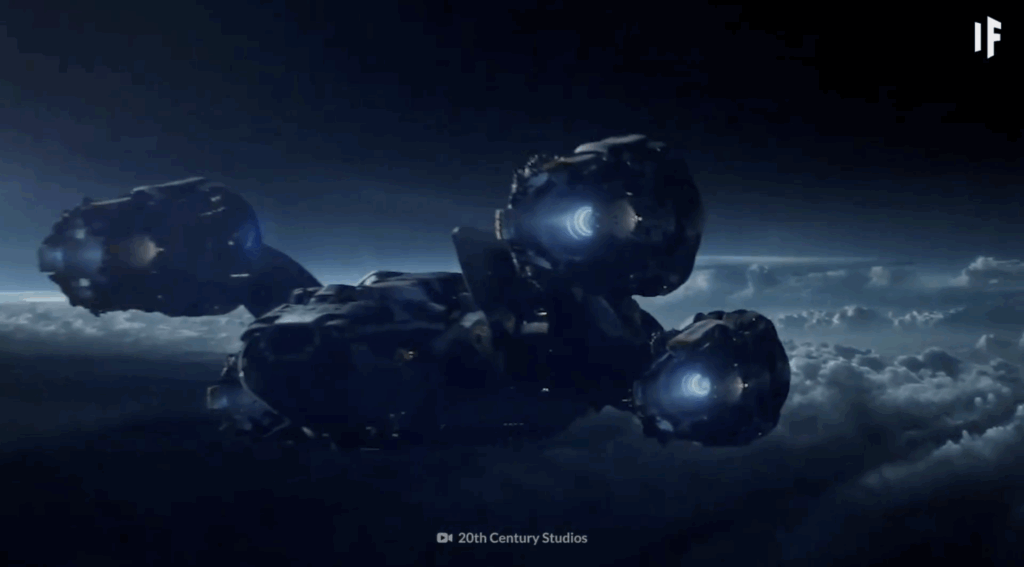
7. You would not live longer than a few seconds
Even in the best survival suit possible, your time on the surface would be incredibly short. The extreme heat would burn through your suit almost instantly. Meanwhile, the immense pressure would crush your body before you had a chance to take more than a single step. Radiation levels would fry your internal systems, and your visor would fog, crack, or melt within moments. No suit made from any material known to science could keep you alive long enough to take in the view.
